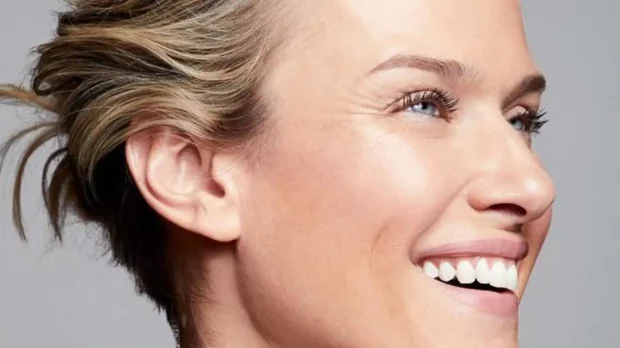If you’re a man, chances are you’ve heard of crow’s feet. Basically, these are fine lines that form deep wrinkles at the outer corner of your eyes. They may begin to appear as early as your twenties and are almost inevitable by your mid-thirties.

Exercise
If you want to get rid of crow’s foot, it’s best to make sure your skin is as healthy as possible. It is important to moisturize your skin and eat a healthy diet to keep your skin looking younger. You should also wear sunscreen every day and Universal c eye perfector to protect your skin from damage.
You can also try facial exercises. These can be as simple as holding your eyes wide and rolling the skin back with your fingers. You should do this exercise four times a day to see results.
Aloe Vera
Aloe Vera has antioxidant properties, making it a natural remedy for crow’s feet. It also contains vitamins and minerals. Cucumber juice is also a wonderful ingredient for treating crow’s feet. Cucumber contains vitamin A, minerals, and magnesium, and helps your skin produce collagen. The juice can be applied to the crow’s feet and left on for 15 minutes or overnight.
Aloe Vera contains high levels of antioxidants, which can help fight free radicals and reduce the appearance of fine lines and wrinkles. Additionally, it contains important vitamins and minerals such as vitamin E and folic acid. It is especially helpful for skin aging since it has the ability to reconnect skin tissues. In addition, coconut oil contains high amounts of vitamin E, which helps nourish and lubricate the skin cells. It also contains linoleic acid, which can help delay the formation of fine lines and wrinkles.
Botox
A cosmetic surgeon may recommend Botox and Universal c eye perfector to get rid of crinkles and crow’s feet. However, these injections can have negative side effects. It is imperative to choose a qualified practitioner for this procedure. Otherwise, you risk the risk of getting too much neurotoxin or getting the treatment done incorrectly. You also risk freezing your face, which could have negative consequences.
Botox is an injectable that temporarily freezes muscle movements that cause crow’s feet. The resulting results are a brighter eye and a refreshed appearance. While many people are concerned about the risks, they should be reassured that the procedure is safe and effective. The procedure takes only a few minutes. It may even be combined with another procedure to improve the overall appearance of your face.
Dermal fillers
Dermal fillers are injections that replace missing skin cells and restore volume to wrinkles. They can also treat deeper lines and wrinkles, such as crow’s feet. These injectables contain substances found in the body and, like Botox, work by relaxing the muscles under the skin. A dermal filler can plump up the skin, fill out wrinkles, and restore its natural structure.
The procedure is usually done through a small needle that is inserted directly into the affected areas. It is a temporary solution that lasts anywhere from three to twelve months. There are also other procedures to get rid of crow’s foot, such as laser resurfacing, which removes the upper layers of skin and exposes newer, smoother skin beneath.
Moisturizing your face
Using a moisturizer every day can minimize the appearance of crow’s feet, especially if you use a good eye cream. Wearing sunglasses with polarized lenses is also a good idea. You can also wear a hat with a brim, which will keep the sun’s rays from hitting your face. Although crow’s feet are an inevitable part of the aging process, they are treatable.
Avocados are also a great food for your skin, as they contain nutrients that help keep it hydrated and soft. They can also improve the formation of collagen fibers and reduce the appearance of crow’s feet. You can also apply avocado oil to your crow’s feet, as it dries naturally. Garlic also has antioxidant properties, which can help repair free radical damage induced by increased sun exposure.



